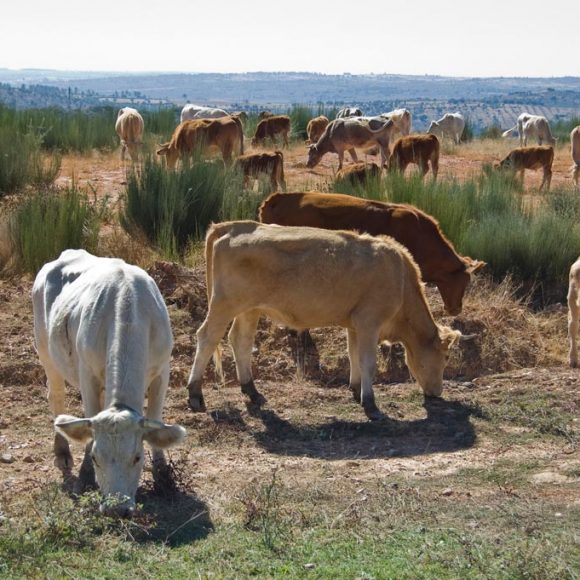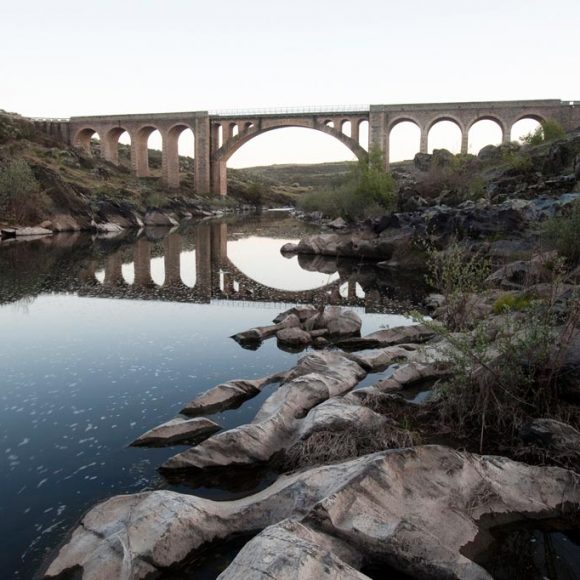The Region
THE CÔA
The Côa
The Region
In the mountains of northeast Portugal, a region of extensive olive groves and where the almond trees blossom in spring (February and March) and the vineyards in autumn (September and October) are covered by leaves the color of fire, there is a tributary of the River Douro with a universally recognized name. It is the Côa, known due to the ancient rock art scattered along the last stretch of the river. The schist outcrops in the valley have been converted into art canvases over the millennia, holding thousands of engraved motifs that are the legacy of our ancestors’ creative instinct.
The identified open-air rock art panels and prehistoric habitats can be dated back to the Upper Paleolithic. Together they give testimony to the occupation of the land and to the artistic mastery of our ancestors along a 25,000 years timeline. Besides the Ice Age, this art gallery also provides motifs from the Neolithic and Iron Age, then swiftly racing through two thousand years of history to present Modern Age religious representations, names and dates, continuing until only a few decades ago.
Besides being a World Heritage Site as an extension of the Côa Valley, Siega Verde (Ciudad Rodrigo, Spain) possesses more than 90 outcrops with rock art motifs from the Paleolithic period. The two sites collaborate closely in various fields, namely in research projects. Siega Verde also offers guided tours to the general public, departing from an interpretation center located at the site.
Other places of interest in the region include winemaking estates. Quinta da Ervamoira within the boundaries of the Archaeological Park houses a Site Museum on the region’s history and its ancient customs, including the production of Port and Douro wines, certainly another of the riches of this region.
If the Côa contains the largest concentration of Paleolithic open-air rock art known in the world, other, smaller, sites with rock art from the same period exist in the vicinities. Among these are sites located in the Sabor, Tua and Águeda Rivers.










